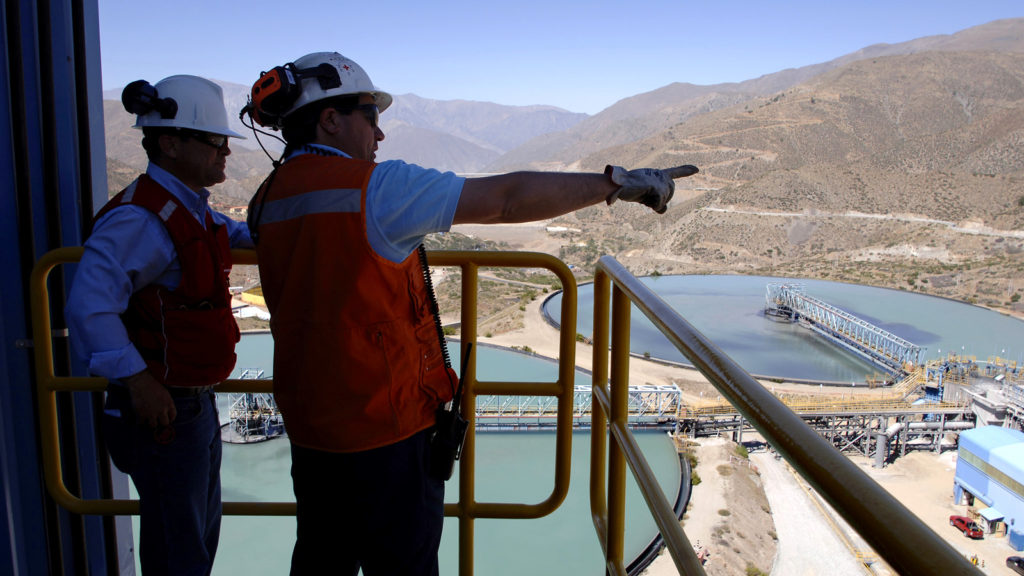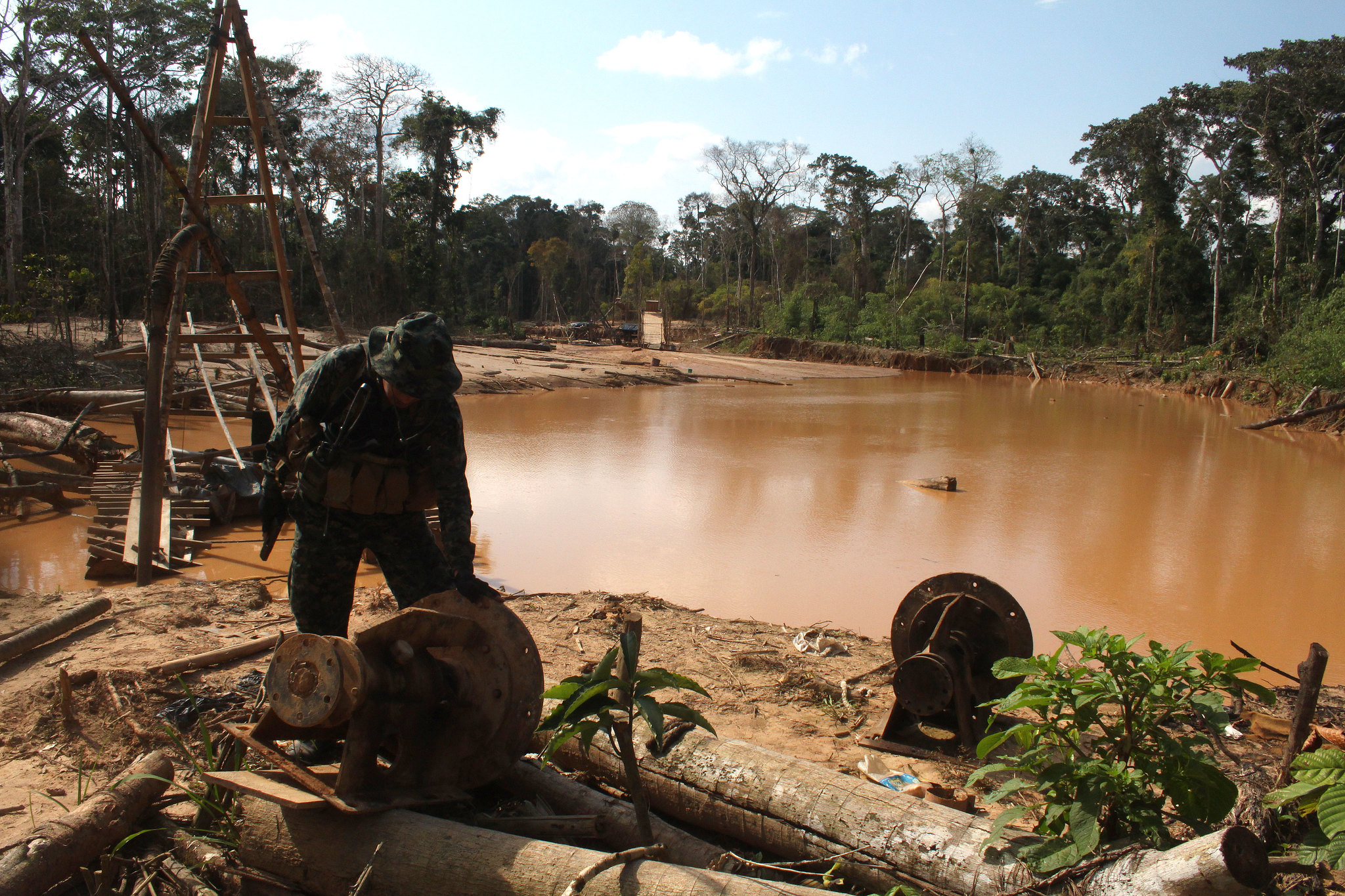Antofagasta sees full-year production at bottom end on Los Pelambres issues

Chilean miner Antofagasta (LON: ANTO) said on Wednesday that expects full-year copper production to be at the bottom end of ts previous guidance of 660-690,000 tonnes, following operational issues at its flagship Los Pelambres mine in the home country.
The company had disclosed in early June a leak in a pipeline at the mine’s concentrator plant, which it only now can start tackling due to restrictions to access the area.
Antofagasta said that some constraints remain, adding that they will prolong the time required to complete the necessary repairs.
Normal operations are expected to resume by the end of June, said the miner, majority-owned by Chile’s Luksic family, one of the country’s wealthiest.
“During the shutdown the processing plant has been operating at lower rates of throughput, with concentrates being stockpiled at the plant,” Antofagasta noted. “These will be transferred to the port between July and October using the spare capacity of the pipeline.”
“Antofagasta’s 2022 was always expected to be a more difficult year given water constraints (…) Nevertheless, the leak’s impact is fairly minor (copper -1%, EBITDA -3%) and this remains somewhat of a transition year for the company, with the successful delivery of the Los Pelambres desal plant and Phase 1 expansion key to more stable and higher production going forward,” BMO analyst Alexander Pearce said in a note to investors.
Copper companies across Chile have been forced in recent years to find alternative means to feed water to their mines as drought and receding aquifers have hampered operations. Many have sharply reduced use of continental freshwater or turned to desalination plants.
The country’s copper agency Cochilco estimates that mining’s use of seawater — either used directly or desalinated — will increase 167% by 2032, while freshwater use will decline 45%. By the end of that period, 68% of water used by the industry will come from the ocean, the agency has said.
Expansion
Antofagasta is close to finishing a much-needed $2.2 billion expansion of Los Pelambres, which will add 60,000 tonnes of copper a year over the first 15 years to the company’s overall production.
The project includes boosting throughput at the plant from 175,000 tonnes of ore a day to an average of 190,000 tonnes a day.
It also contemplates the construction of a desalination plant and water pipeline, which will benefit the existing operation in cases of prolonged or severe drought, such as the one currently hitting miners and wine makers alike.
The facility could also be used for a potential further expansion, which may follow if Antofagasta can secure the required environmental and regulatory approvals.
{{ commodity.name }}
{{ post.title }}
{{ post.date }}

Comments